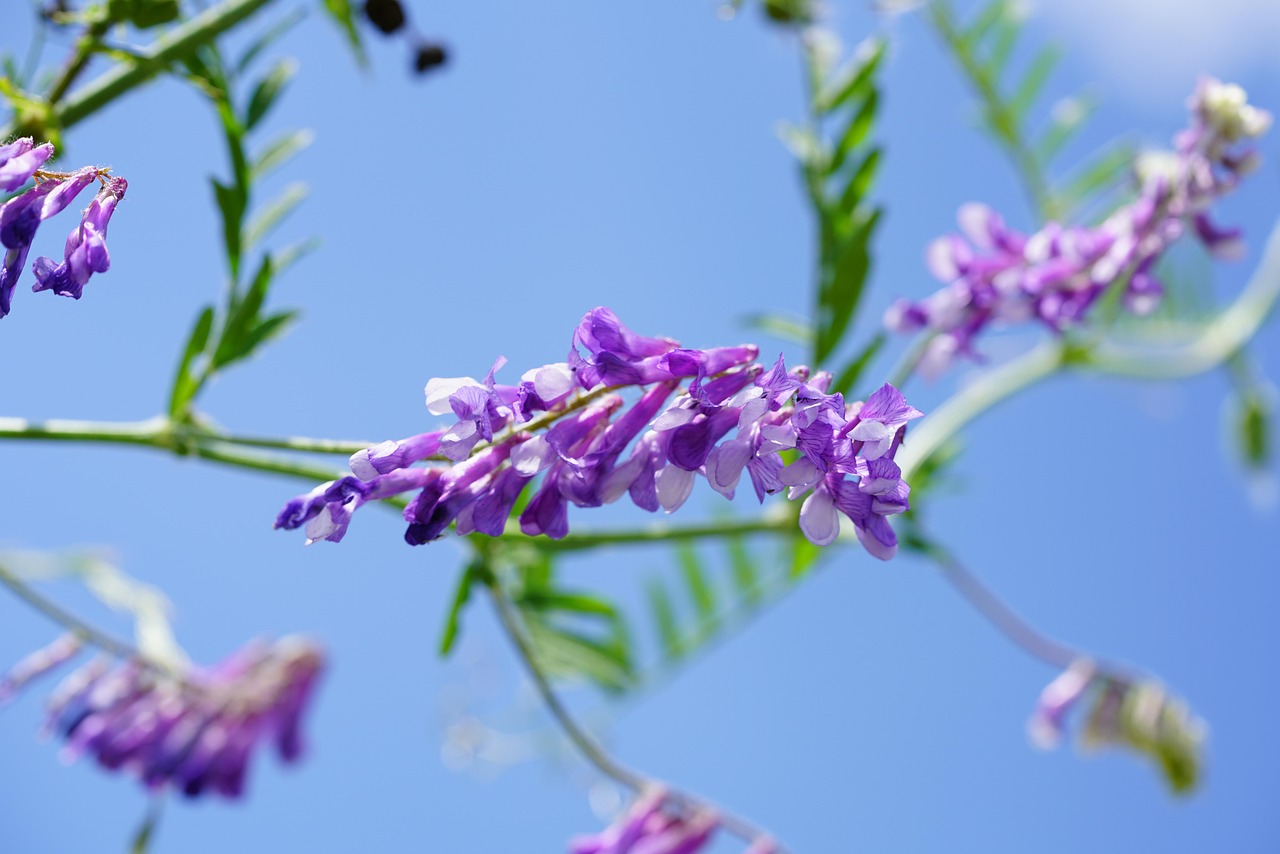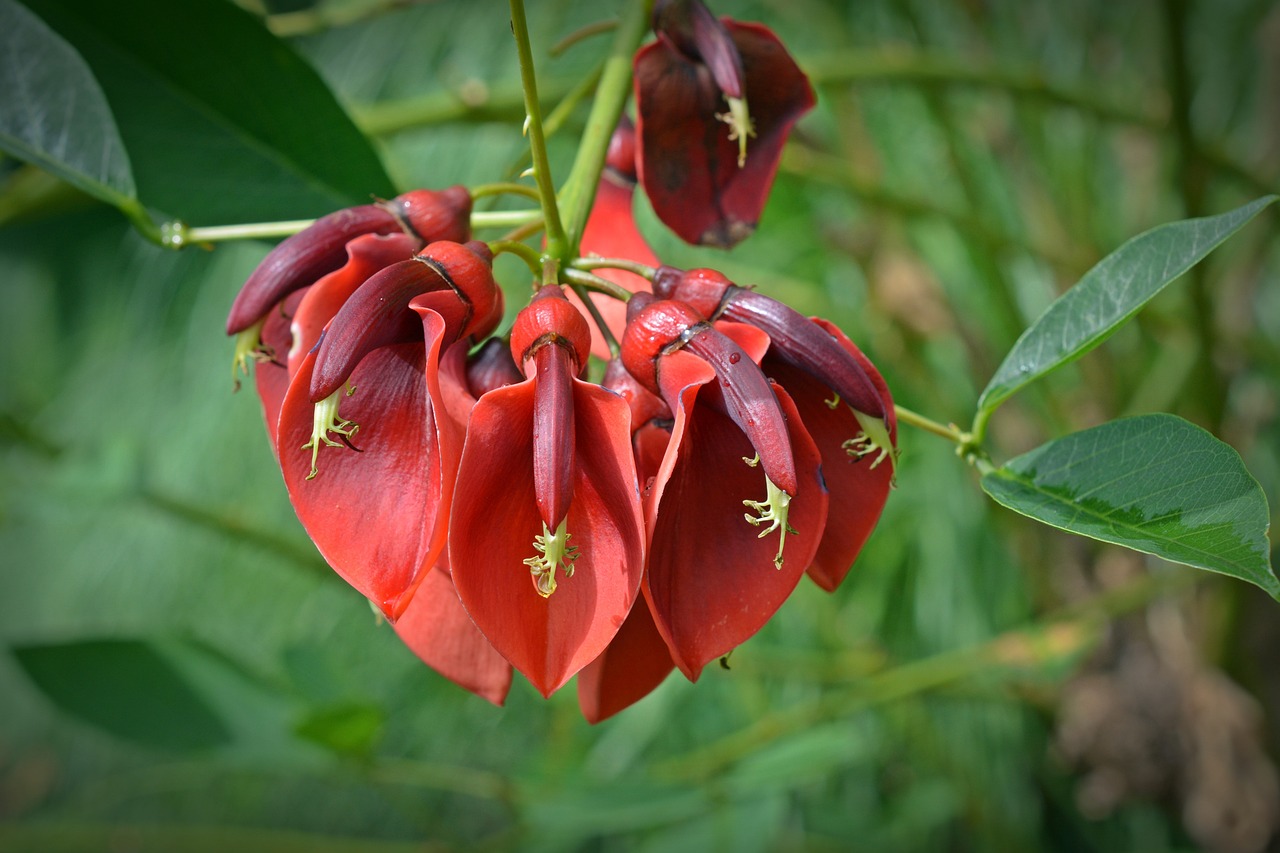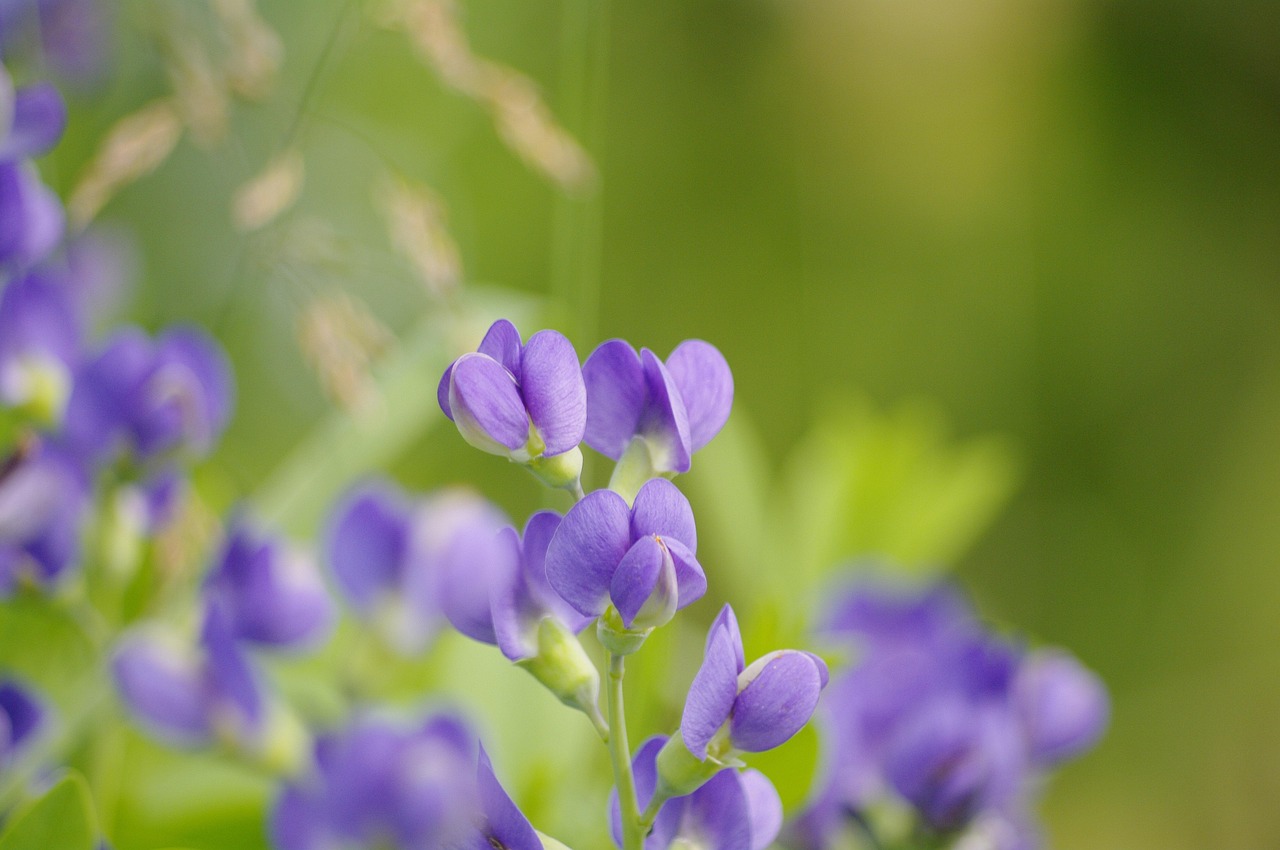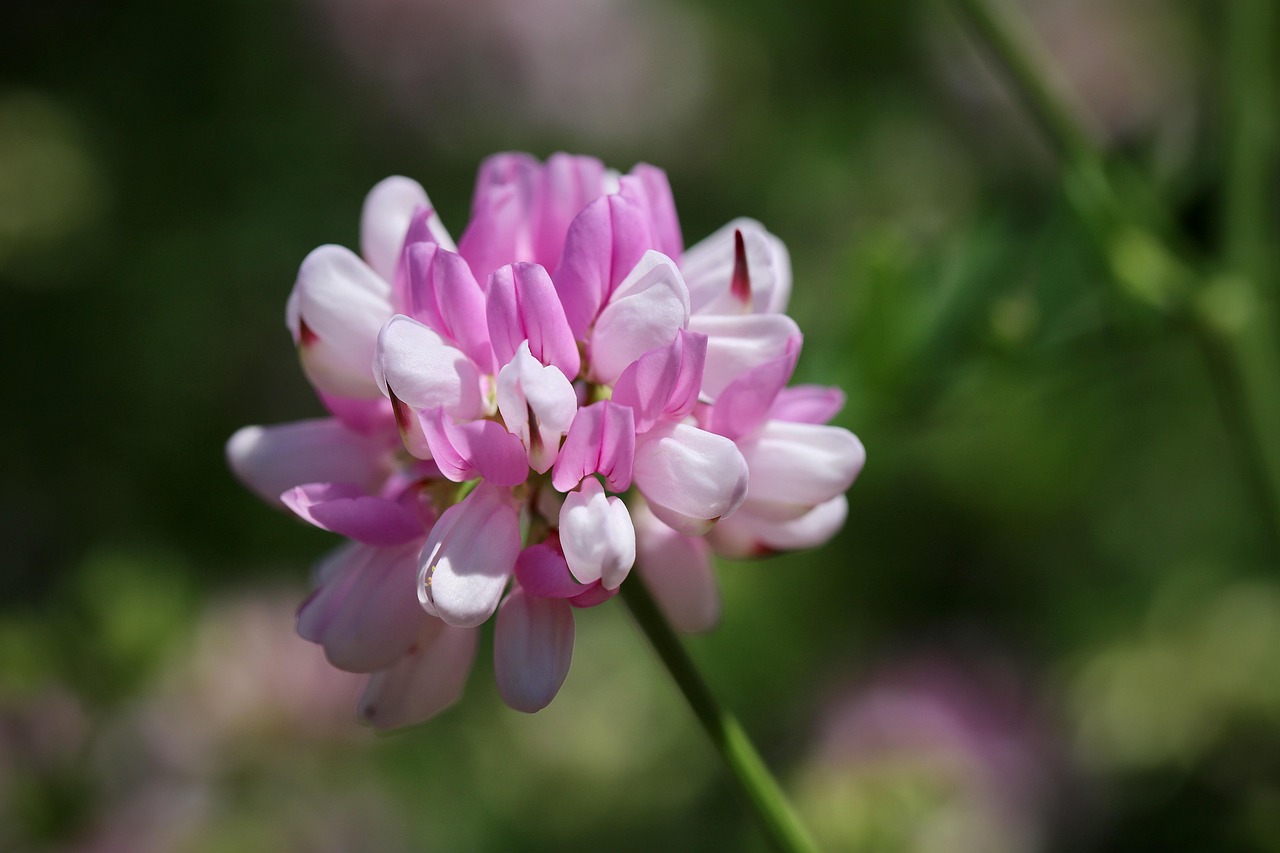Meadow Vetchling | A Yellow Legume that Colors the Pastoral Landscapes of Europe
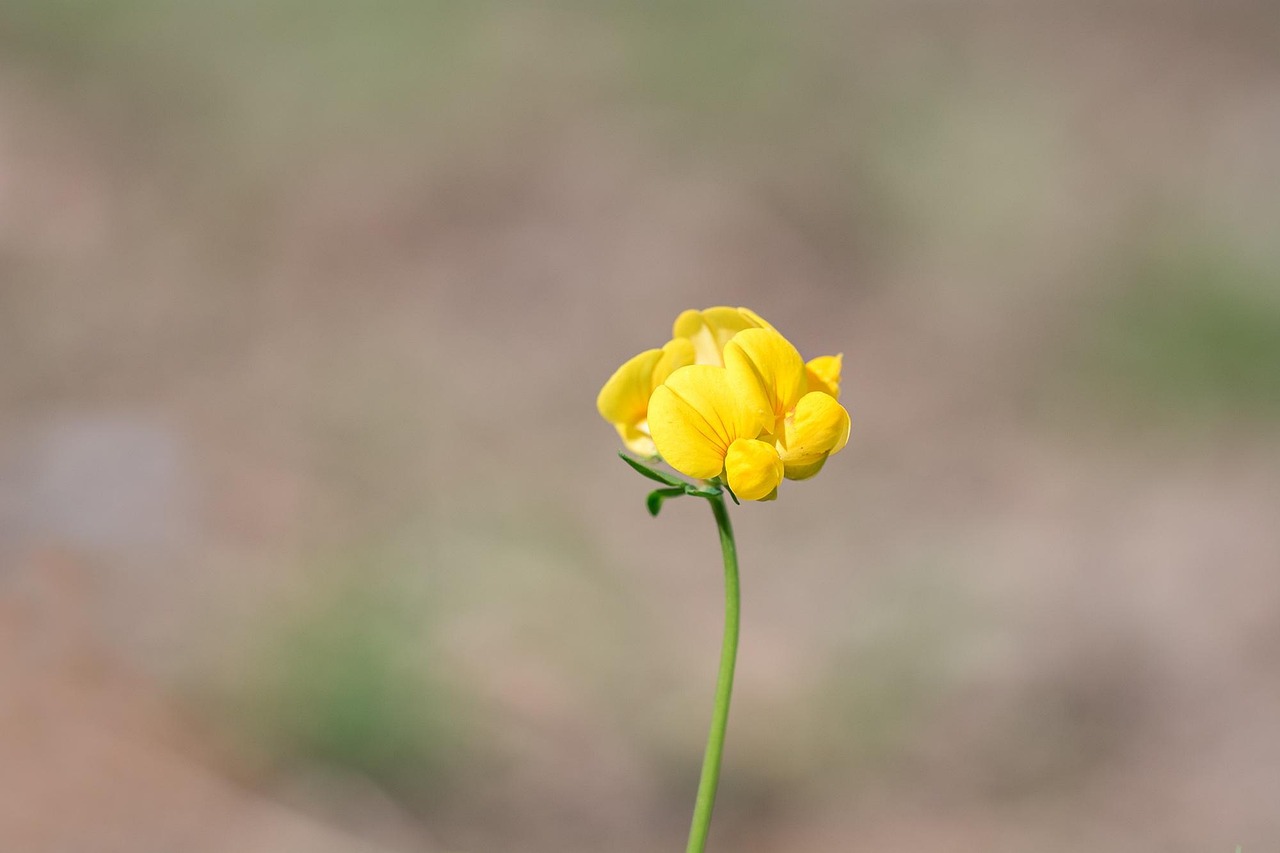
I introduce Lathyrus pratensis, a perennial legume that grows widely from Europe to Western Asia. It is characterized by its bright yellow papilionaceous flowers and delicate climbing habit.
It thrives in meadows, grasslands, and along roadsides, and has long been a part of both human life and natural environments.
Here, I will not only share its basic information, but also explore its cultural background, historical anecdotes, and practical advice for cultivation.
Basic Information
- Scientific name: Lathyrus pratensis
- Family: Fabaceae
- Origin: Europe, Western Asia
- Appearance: Growing 30–120 cm tall, it produces pinnate leaves with tendrils at the tips. The stems bear clusters of 6–12 vivid yellow flowers, making the plant stand out in grasslands.
- Flowering season: May–August
Cultural Significance Worldwide
Meadow vetchling is widely known in Europe as a symbol of harmony between nature and human life.
In the United Kingdom, it has long been appreciated as a component of pastures and natural grasslands. It is indispensable to the traditional meadow landscape and continues to be planted today in wildflower meadow restoration projects.
In France, known as “Gesse des prés”, it appeared in 19th-century pastoral literature and paintings, representing the beauty of nature and the simplicity of rural life in contrast to urban existence.
In Germany and the Nordic countries, it is also remembered as a plant of pastures and is considered important in regional conservation movements.
Historical Anecdotes
During medieval times, meadow vetchling was recorded as part of pasture vegetation and provided natural forage for grazing livestock.
At monasteries, it was sometimes collected and grown in meadows and orchards as undergrowth.
From the 18th to 19th centuries, as agriculture modernized and botany became systematized, Lathyrus pratensis was featured in many botanical illustrations and natural history works, such as William Curtis’s Flora Londinensis (1777–1798) and The English Flora.
It was also collected extensively during the Victorian era as part of botanical specimen culture, attracting the attention of horticulturists and naturalists.
Gardening Advice
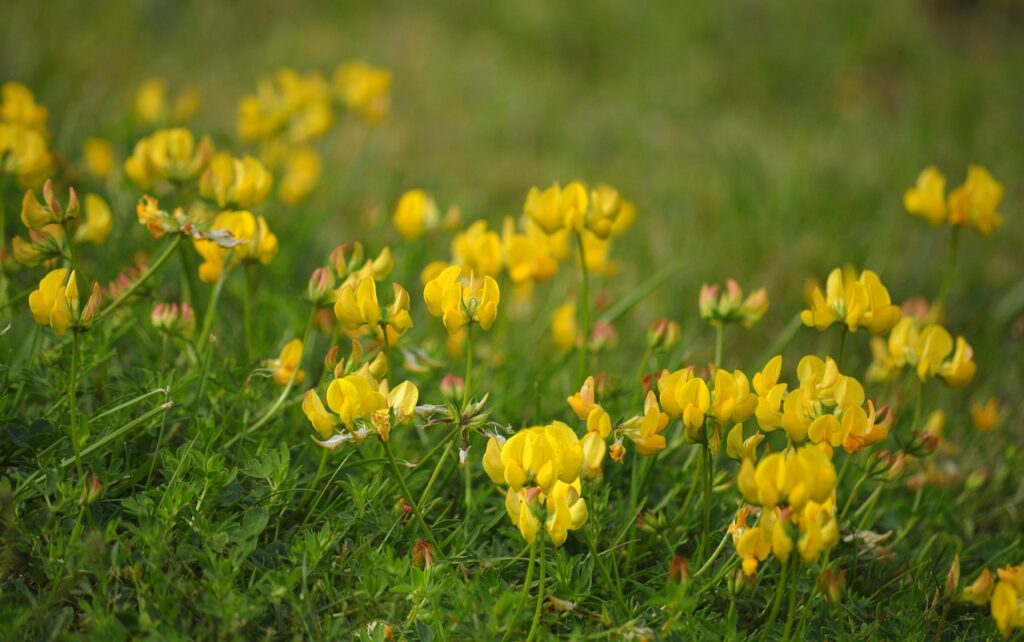
Meadow vetchling is suitable for naturalistic gardens and wildflower plantings. Since it is a climbing species, placement and balance with surrounding plants should be carefully considered.
Sunlight
Prefers full sun but tolerates partial shade. Flowering may be reduced in less light.
Watering
Water when the soil surface becomes dry. Pay special attention during midsummer drought.
Soil
Well-drained soil with added leaf mold for moisture retention and aeration. Neutral to slightly alkaline soil is ideal.
Fertilization
Minimal fertilizer is sufficient. Apply a slow-release fertilizer once at the beginning of growth.
Support
Use stakes, fences, or trellises to guide its tendrils and maintain its elegant form.
Propagation
Propagation is by seed. Harvest in autumn and sow in spring. Self-seeding is also common.
Conclusion
Meadow vetchling is a perennial plant that has developed alongside the landscapes and rural cultures of Europe. Its vivid yellow flowers and climbing habit make it an attractive feature of meadows and gardens alike.
Historically, it was valued in pastures and monastic fields, integrated naturally into agricultural and cultural life. Today, it continues to be cherished for naturalistic gardens and biodiversity-friendly plantings, serving as an indispensable plant for creating sustainable landscapes.

